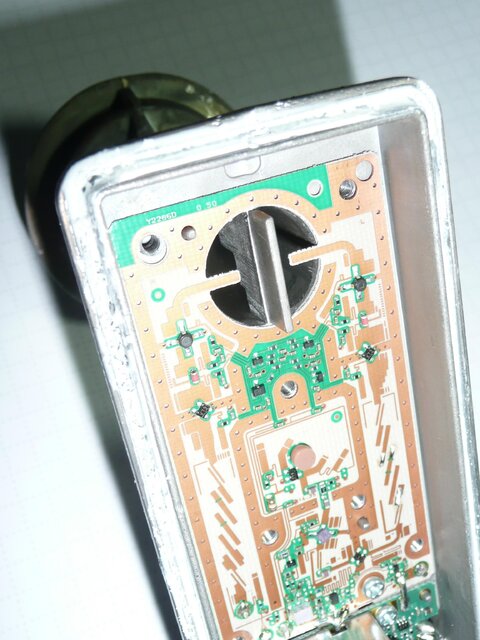A multi-part question:
Is their a practical way to get a T-90 Toroidal to work with Dish Pro (band stacked) or Dish Pro Plus (Double Stacked?) compatible receivers?
(i.e. Is there an external bandstacker available that is compatible? Or does one have to try using modified Dish bandstacking LNBFs, which I think are not reversed like toroid specific LNBFs?).
I suspect one could use two DP34s or two DP44s in parallel to multi-switch in both polarities of the dual LNBs but this would require dual cable runs to each Dish dual tuner DVR. I want my cake and to eat it too. Can this be made to work?
Might you not actually need a 6x4 multiswitch and a DP44 to handle the feeds from all the LNBFs and more still support more than 2 Dual Tuner Receivers?
Is their a practical way to get a T-90 Toroidal to work with Dish Pro (band stacked) or Dish Pro Plus (Double Stacked?) compatible receivers?
(i.e. Is there an external bandstacker available that is compatible? Or does one have to try using modified Dish bandstacking LNBFs, which I think are not reversed like toroid specific LNBFs?).
I suspect one could use two DP34s or two DP44s in parallel to multi-switch in both polarities of the dual LNBs but this would require dual cable runs to each Dish dual tuner DVR. I want my cake and to eat it too. Can this be made to work?
Might you not actually need a 6x4 multiswitch and a DP44 to handle the feeds from all the LNBFs and more still support more than 2 Dual Tuner Receivers?




